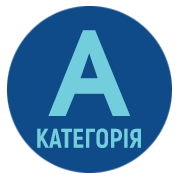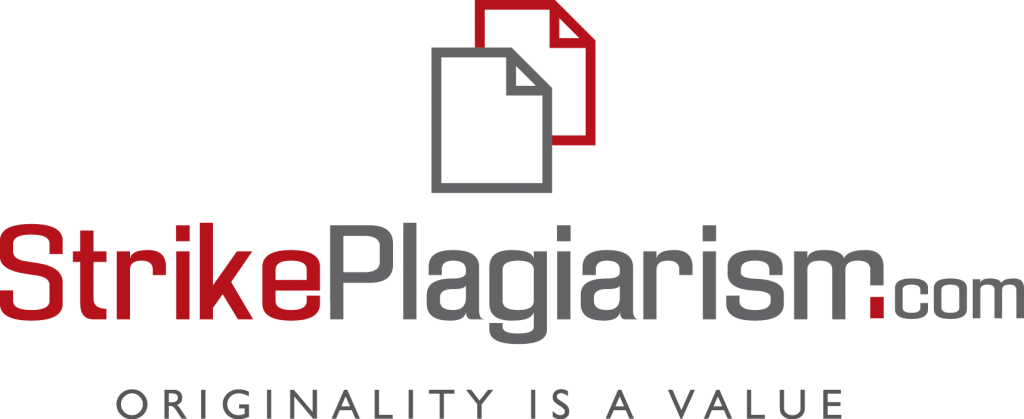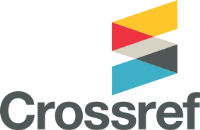НЕЙРОПРОТЕКТИВНІ ЕФЕКТИ ДЕПРОТЕЇНОВАНОГО ГЕМОДІАЛІЗАТУ ТЕЛЯЧОЇ КРОВІ ПРИ ІНТРАНАЗАЛЬНОМУ ВВЕДЕННІ ЗА УМОВ ХРОНІЧНОЇ ІШЕМІЇ МОЗКУ
DOI:
https://doi.org/10.32782/2226-2008-2025-1-2Ключові слова:
хронічна ішемія мозку, когнітивні порушення, депротеінований діалізат телячої крові, патогенетичні механізми, фармакологічна корекціяАнотація
Мета дослідження – визначення ефективності ендоназального введення депротеїнованого гемодіалізату телячої крові у відновленні мнестичних порушень у щурів в динаміці постішемічного періоду. Отримані дані свідчать про формування мнестичних дисфункцій в динаміці постішемічного періоду, які характеризуються погіршенням процесу навчання, а також пригніченням коротко– та довгострокової пам’яті за умов умовного рефлексу активного уникнення та харчового умовного рефлексу. Відзначені амнестичні ефекти є стійкими, реєструються у щурів вже через 24 год після білатеральної оклюзії сонних артерій та тривають протягом всього досліду. Зважаючи на механізми реалізації нейропротективного ефекту депротеїнованого гемодіалізату телячої крові та ендоназального шляху його введення, автори вражають доцільним та патогенетично обґрунтованим включення депротеїнованого гемодіалізату телячої крові до комплексної схеми фармакологічної корекції когнітивних розладів або запобігання їх розвитку при цереброваскулярій патології.
Посилання
Karger G. 30 years of Cerebrovascular Diseases. Cerebrovasc Dis. 2021; 50(1): 1. doi: 10.1159/000514372.
Khramtsov DN, Stoyanov ON, Muratova TN, Pulyk OR. Neurorehabilitation in the Early Recovery Period of Ischemic Stroke. Pharmacology Support. Acta Balneologica. 2021; 63(1): 22-25. doi: 10.36740/ABAL202101103
Cherniy T.V., Cherniy V.I., Svitlytska D.V. Chronic cerebral ischemia. modern view of the problem. Clinical and Preventive Medicine. 2023; 3(25):100-112. https://doi.org/10.31612/2616-4868.3(25).2023.14
Khramtsov DM, Stoyanov OM, Gruzevskiy OA, Shevchuk GYu. Comprehensive neurorehabilitation of post-stroke patients. Medical Science of Ukraine. 2022; 18(3): 52-59. (In Ukrainian). doi: https://doi.org/10.32345/2664-4738.3.2022.08
Béjot Y, Bailly H, Durier J, Giroud M. Epidemiology of stroke in Europe and trends for the 21st century. Press Medical. 2016; 45: 391–398. doi: 10.1016/j.lpm.2016.10.003
Chyniak O. Features of neurocognitive impairments in patients with mild cognitive disorder of different etiology. Eastern Ukrainian Medical Journal. 2022;10(4):351-359. https://doi.org/10.21272/eumj.2022;10(4):351-359
Kirchev VV. Muscle activity and emotional behavior changes in rats with chronic brain ischemia via comprehensive pathogenetic correction. Journal of Education, Health and Sport. 2023; 13(3): 442-257. doi: 10.12775/JEHS.2023.13.03.054
Stoyanov OM, Vastyanov RS, Mirdzhurayev YeM, Son AS, Volokhova GA, Kalashnikov VI. Possibilities of intranasal therapeutic influence on the autonomic system in rehabilitation neurology. International Neurological Journal (Ukraine). 2024; 20(3): 156-165. (In Ukrainian). doi: 10.22141/2224-0713.20.3.2024.1070
Belenichev I, Aliyeva O, Burlaka B, Burlaka K, Kuchkovskyi O, Savchenko D. et al. Development and Optimization of Nasal Composition of a Neuroprotective Agent for Use in Neonatology after Prenatal Hypoxia. Pharmaceuticals. 2024; 17(8): 990. https:// doi.org/10.3390/ph17080990.
Kirchev V.V. Cognitive function restoration in rats with chronic brain ischemia using Semax and hopantenic acid comprehensive administration. Journal of Education, Health and Sport. 2023; 13(4): 404-422. doi: 10.12775/JEHS.2023.13.04.046
Elendu С, Amaechi DC, Elendu TC, Ibhiedu JO, Egbunu EO, Ndam AR. et al. Stroke and cognitive impairment: understanding the connection and managing symptoms. Ann Med Surg (Lond). 2023; 85(12): 6057–6066. Doi: 10.1097/MS9.0000000000001441
Huang YY, Chen SD, Leng XY, Kuo K, Wang ZT, Cui M. et al. Post-Stroke Cognitive Impairment: Epidemiology, Risk Factors, and Management. J Alzheimers Dis. 2022; 86(3): 983-999. Doi: 10.3233/JAD-215644.
Yelyzaveta Y, Oleksandr K, Svitlana T. Biological effects of schisandra chinensis medicines and prospects of their use in clinical medicine (literature review). Journal of V. N. Karazin Kharkiv National University. Series 'Medicine'. 2022;44:127-139. DOI: https://doi.org/10.26565/2313-6693-2022-44-10
Andreyeva T.O., Stoyanov O.M., Chebotaryova G.M., Vastyanov R.S., Kalashnikov V.I., Stoyanov A.O. Comparative clinical and morphometric investigations of cervical stenosis of the spinal canal in humans and dogs. Regulatory Mechanisms in Biosystems, 2022; 13(3): 301–307. doi:10.15421/022239
Rajeev V, Fann DY, Dinh QN, Kim HA, De Silva TM, Lai MKP. et al. Pathophysiology of blood brain barrier dysfunction during chronic cerebral hypoperfusion in vascular cognitive impairment. Theranostics. 2022; 12(4): 1639-1658. Doi: 10.7150/thno.68304.
Konturek SJ, Drozdowicz D, Pytko-Polonczyk J, Brzozowski T, Bielański W. Solcoseryl in prevention of stress-induced gastric lesions and healing of chronic ulcers. J Physiol Pharmacol. 1991; 42(1): 73-84.
Song MS, Ku YA, Kim S, Chung MH, Kim YH, Kim DH. Comparison of Corneal Epithelial Wound Healing between Topical RCI001, Solcoseryl, and Polydeoxyribonucleotide in the Murine Ocular Alkali Burn Model. Korean J Ophthalmol. 2023; 37(3): 236-244. doi: 10.3341/kjo.2023.0019.
Sysoev Yu.I., Prikhodko V.A., Chernyakov R.T., Idiyatullin R.D., Musienko P.E., Okovityi S.V. Effects of Alpha-2 Adrenergic Agonist Mafedine on Brain Electrical Activity in Rats after Traumatic Brain Injury. Brain Sci. 2021; 11(8): 981. doi: 10.3390/brainsci11080981






